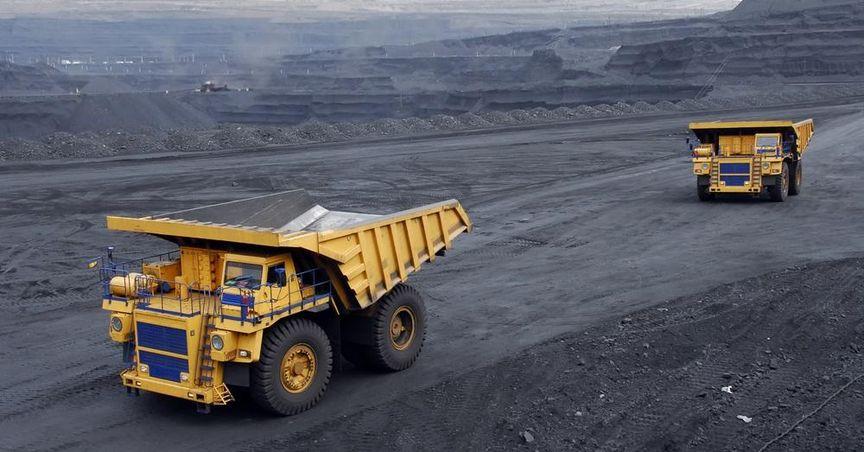Highlights
eVTOL aircraft development accelerates demand in the aeroengine composites sector
Urban air mobility trends spark growth across FTSE-listed aerospace companies
Composites market supported by advancements in autonomous flight and battery technologies
The aeroengine composites segment within the aerospace industry is witnessing significant development, driven by the growth of the urban air mobility (UAM) sector. Companies listed on indices such as the ftse 100, ftse 350, and FTSE AIM 100 Index are seeing increasing attention due to emerging applications of composite materials in electric vertical take-off and landing (eVTOL) aircraft.
eVTOL Development Supports Composite Material Demand
With the aerospace market adopting electric propulsion technologies, composite materials are being used for their strength-to-weight efficiency and thermal resistance. These properties are vital in supporting next-generation air taxis that demand lightweight, durable components to improve energy efficiency and reduce emissions. Companies operating within the ftse framework are incorporating these materials into aeroengine and airframe manufacturing to align with sustainability goals and regulatory shifts.
Urban Air Mobility Enhances Focus on Advanced Aerospace Engineering
Urban air mobility is rapidly shaping city transportation frameworks, prompting technological advancements across flight systems and materials. The need for quieter, safer, and faster airborne solutions has catalyzed innovation in propulsion and traffic management systems. UK-listed aerospace and engineering firms on the FTSE AIM UK 50 INDEX are exploring composite enhancements to meet evolving operational standards for eVTOL crafts.
Technological Advancements Fuel Aerospace Component Evolution
Major aerospace players are investing in automation and AI-based navigation to support autonomous eVTOL services. These developments are enhancing the application of advanced composites in both primary and secondary structural components. Integration of such technologies is creating a ripple effect, influencing suppliers and engineering firms across the ftse 350, particularly those involved in battery efficiency, propulsion innovation, and structural integration.
Regulatory Developments Encourage Scalable Infrastructure
As aviation authorities advance frameworks for UAM implementation, aerospace manufacturers are aligning production models to adhere to new certification paths. Composite manufacturing processes are being optimized to meet safety and performance criteria. UK-based suppliers under the FTSE AIM 100 Index are adapting production lines and collaborating with mobility innovators to meet these demands effectively.
Strategic Collaborations Propel Composite Research
The aerospace sector is witnessing strategic partnerships aimed at expanding composite material research and application. These collaborations are fostering knowledge exchange between traditional aerospace companies and electric aviation pioneers. Firms listed under the ftse 100 and ftse indices are taking part in joint ventures focusing on structural performance, lifecycle durability, and environmental compliance, crucial to eVTOL aircraft success.
Battery Tech and Traffic Systems Complement Market Growth
Advanced battery innovations and AI-driven air traffic solutions are key to the air taxi ecosystem. The composite market is intertwined with these advancements, especially in developing thermal management systems and electromagnetic shielding. Engineering and material science firms within the FTSE AIM UK 50 INDEX are adapting their research to meet the aerospace demands of electric and autonomous air vehicles.
Outlook for Composites in Urban Aviation
The integration of composite technology into the broader aerospace supply chain is reshaping production, design, and flight capabilities. With the rise of electric air mobility, urban transportation is moving toward a model reliant on lightweight, sustainable, and resilient components. This momentum is supported by UK-listed companies aligned with green aviation priorities and manufacturing modernization.





